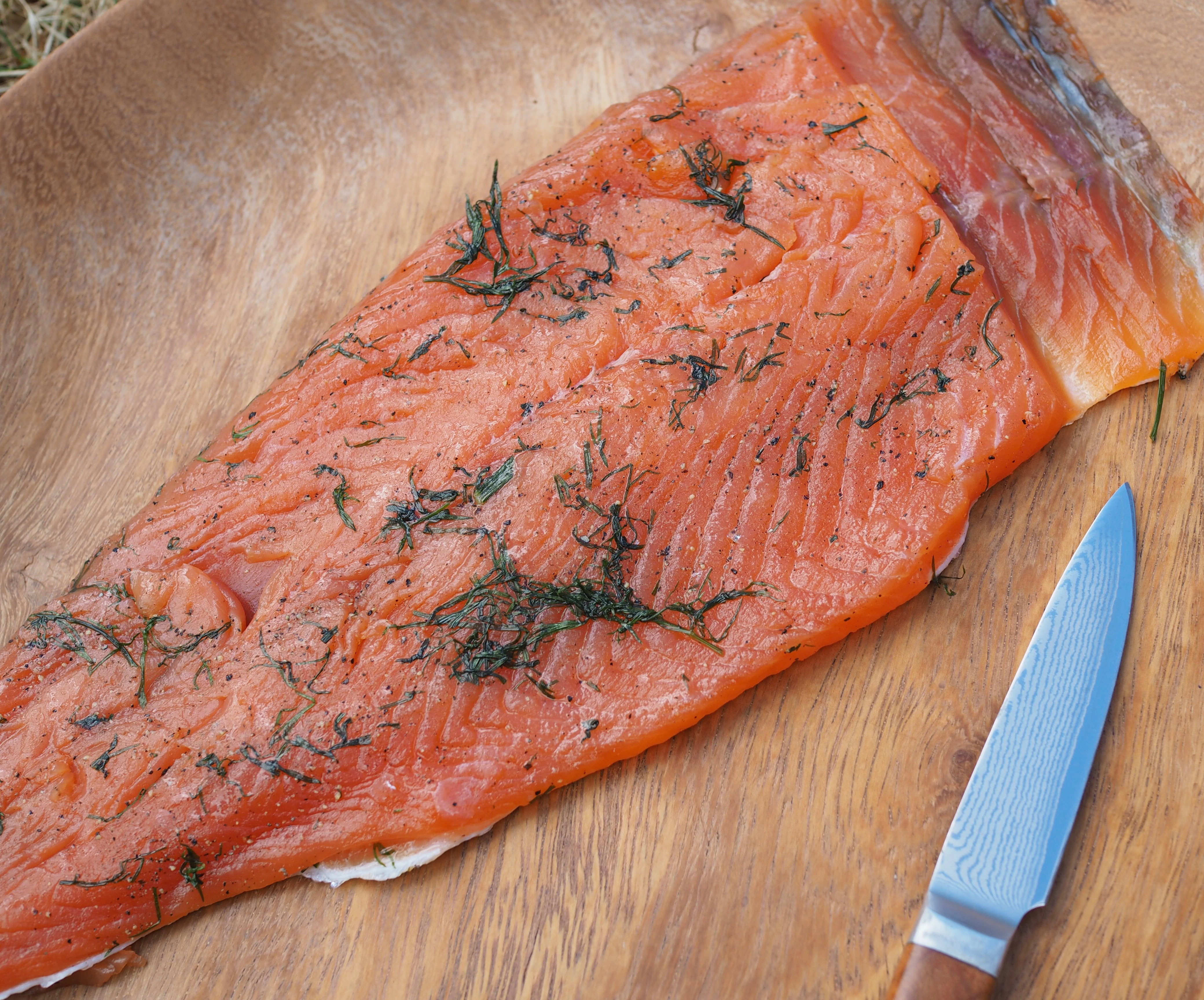
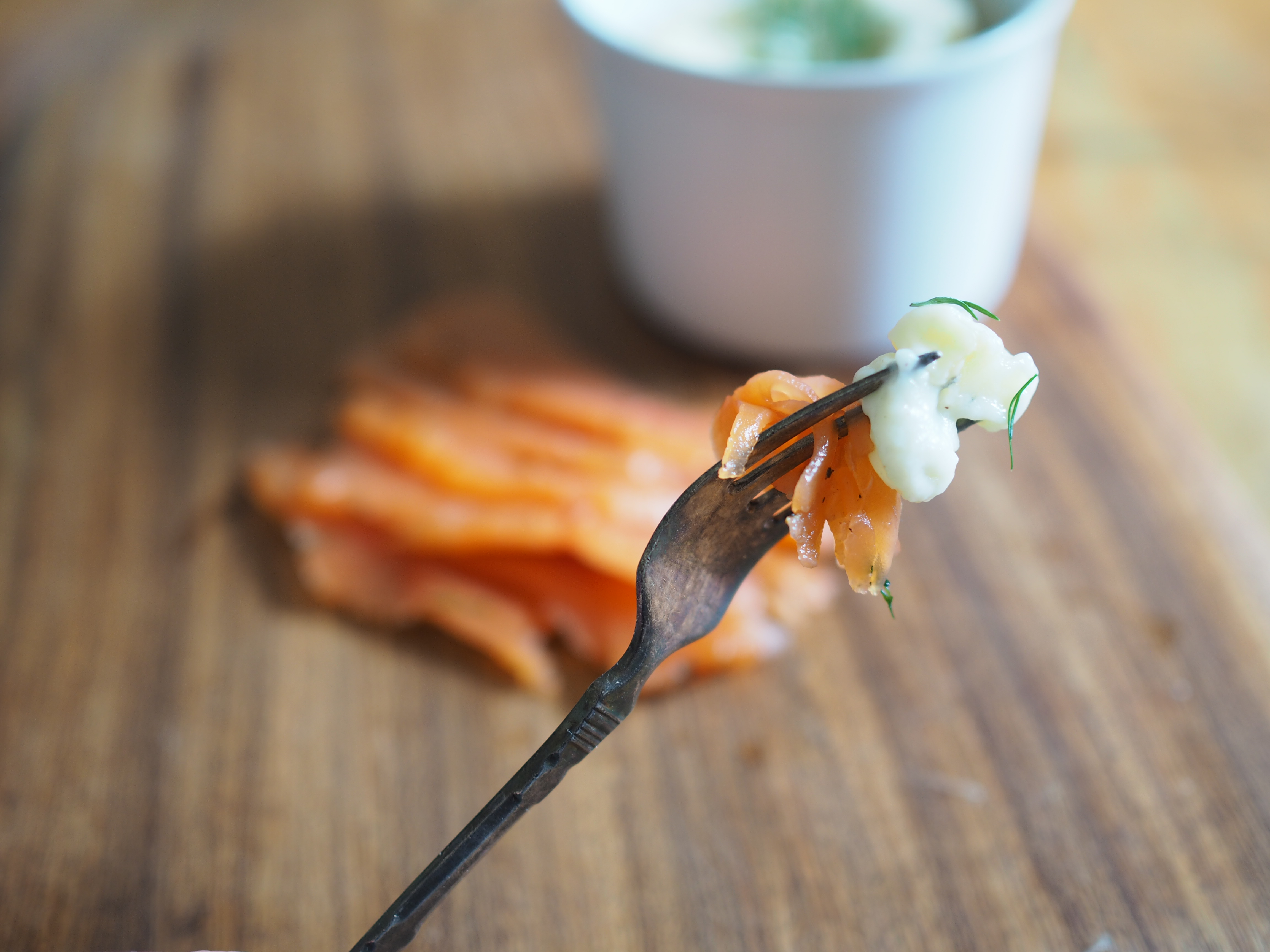 Lifting the weight and removing the board revealed a two-day culinary journey. Nothing difficult, nothing too time consuming. An act of osmosis. Curing. Transformation. And as the sharpened knife slowly pierced into the orange-pink, dill-infused delicacy, the thrill of knowing the next time step would be getting a taste reached across to everyone in the kitchen. A smooth, grainy and subtly sweet mustard sauce and a warm, hearty bowl of creamy potatoes dancing with dill to round it all off. Luxury at its finest and also its simplest.
Lifting the weight and removing the board revealed a two-day culinary journey. Nothing difficult, nothing too time consuming. An act of osmosis. Curing. Transformation. And as the sharpened knife slowly pierced into the orange-pink, dill-infused delicacy, the thrill of knowing the next time step would be getting a taste reached across to everyone in the kitchen. A smooth, grainy and subtly sweet mustard sauce and a warm, hearty bowl of creamy potatoes dancing with dill to round it all off. Luxury at its finest and also its simplest.
Yet, the delicacy we know today has a much different story than its beginning. Gravlax (gravlaks) first appears in documents from the 1300s, informing us of the preservation methods used during these times. During the Middle Ages, people ate many forms of saltwater and freshwater fish that we continue to enjoy today. Salmon held a special place, valued and desired. Unlike today, where we have greater access to fresh salmon, salmon was more of a prized possession. In fact, in a well-known story about the god Tor, who is referred to as the ‘big eater’, Tor has his fill of eight whole salmon (among other things) at a wedding banquet in Jotunheimen. This gives us an idea as to the value placed on salmon and that protecting the surplus of salmon was important, and worth the risks. (Notaker, Ganens Makt)
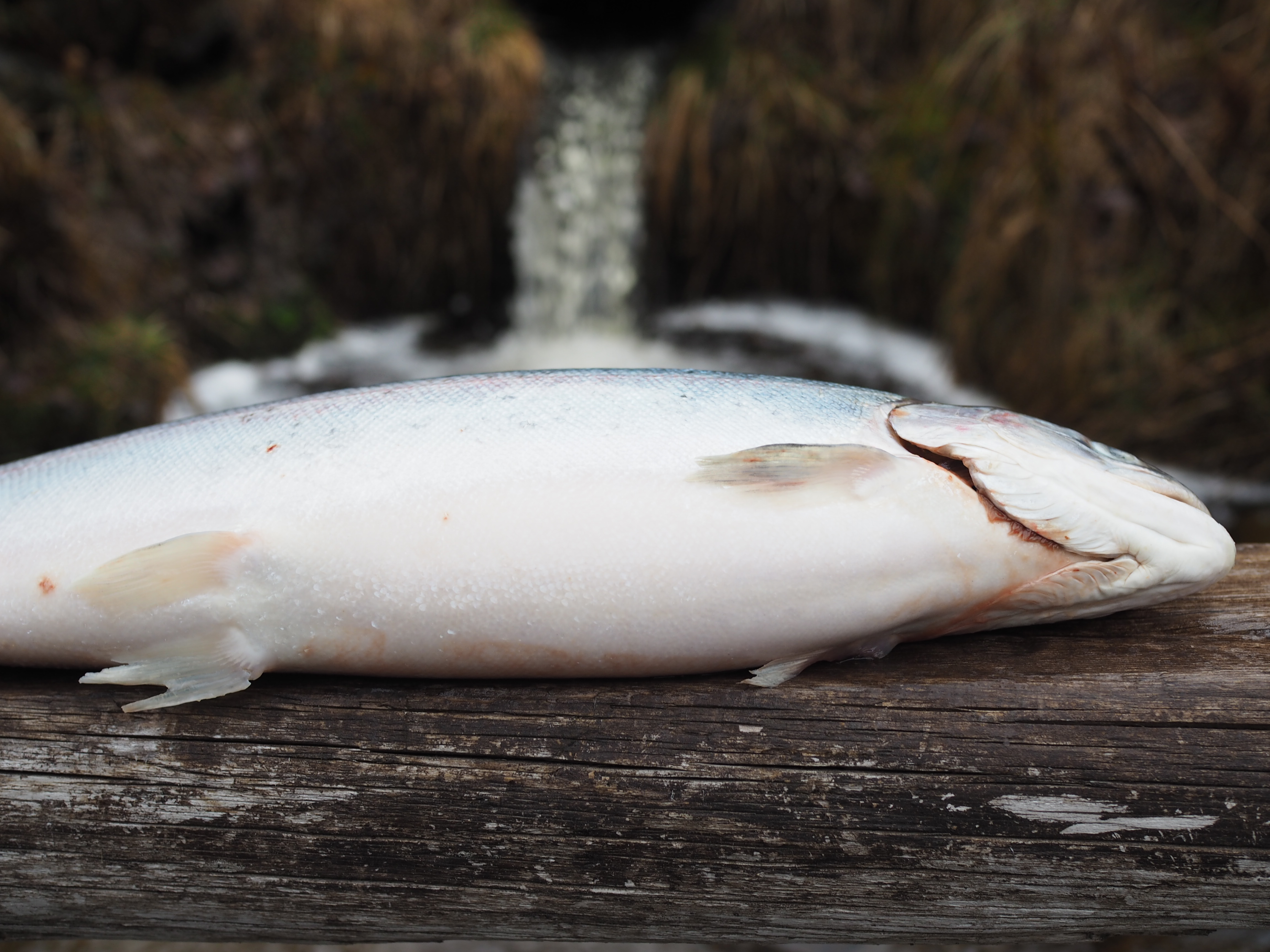
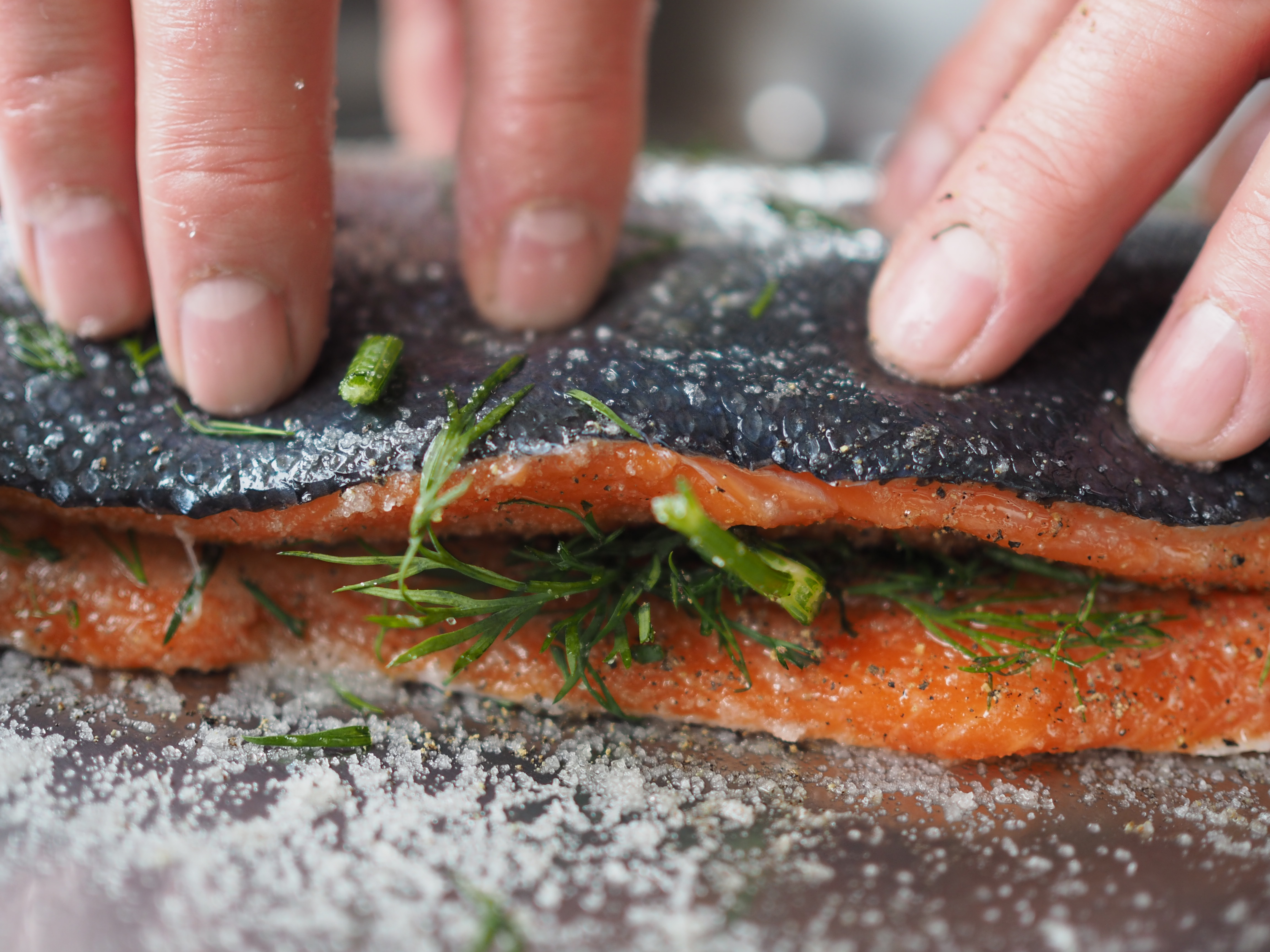 The art of fermentation spreads far back into time. Burying fish, or meat, in the ground is an ancient means of storing and preserving. Gravlax is made up of the Scandinavian words, ‘grav’ and ‘laks’ which literally translated means ‘buried salmon’. Fisherman in the Middle Ages would use this fermentation technique of burying the salmon in sand to keep it cold. A few days later, the salmon would ferment and more closely resemble its nearest modern-day relative, rakfisk – which hails from the mountainous regions of Norway and is most often made with trout.
The art of fermentation spreads far back into time. Burying fish, or meat, in the ground is an ancient means of storing and preserving. Gravlax is made up of the Scandinavian words, ‘grav’ and ‘laks’ which literally translated means ‘buried salmon’. Fisherman in the Middle Ages would use this fermentation technique of burying the salmon in sand to keep it cold. A few days later, the salmon would ferment and more closely resemble its nearest modern-day relative, rakfisk – which hails from the mountainous regions of Norway and is most often made with trout.
To store the abundance of summer for a long time without using much salt or other (at that time) expensive preservatives, the fish was wrapped in birch bark and buried in the ground, where a wet, cold environment and a lack of oxygen made it ferment but not rot. Made that way, it was more a culinary extreme sport than what we normally think of as “food”: Imagine an unpasteurized Camembert cheese in the form of a fish, made by a desperate Viking. It is not safe to eat fish that has been buried in the ground, although the slightly acidic birch bark would bring down the pH and thus present a certain barrier against spoilage. When a 15th-century Norwegian or Swede ate gravlax, considerable risk was involved; weighed against the certain dangers of starvation, it was worth it. Andreas Viestad
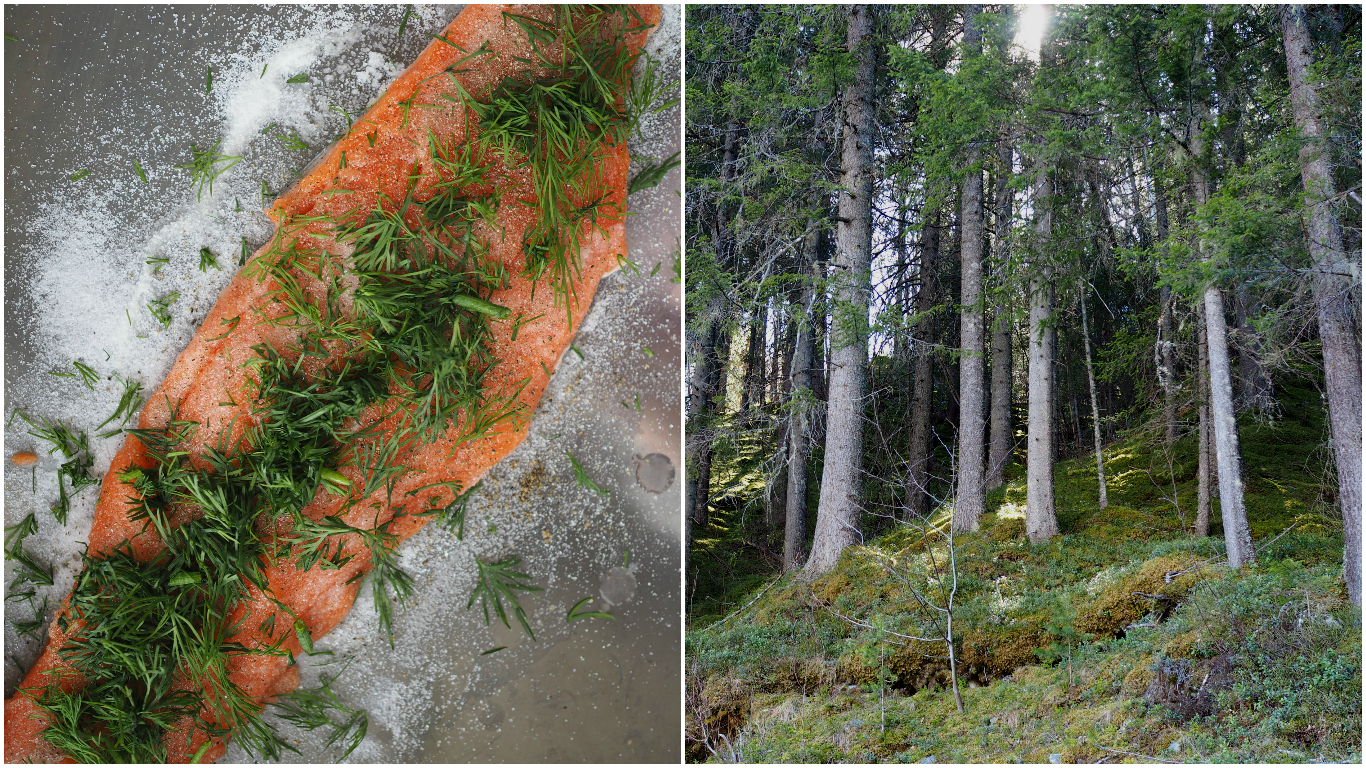
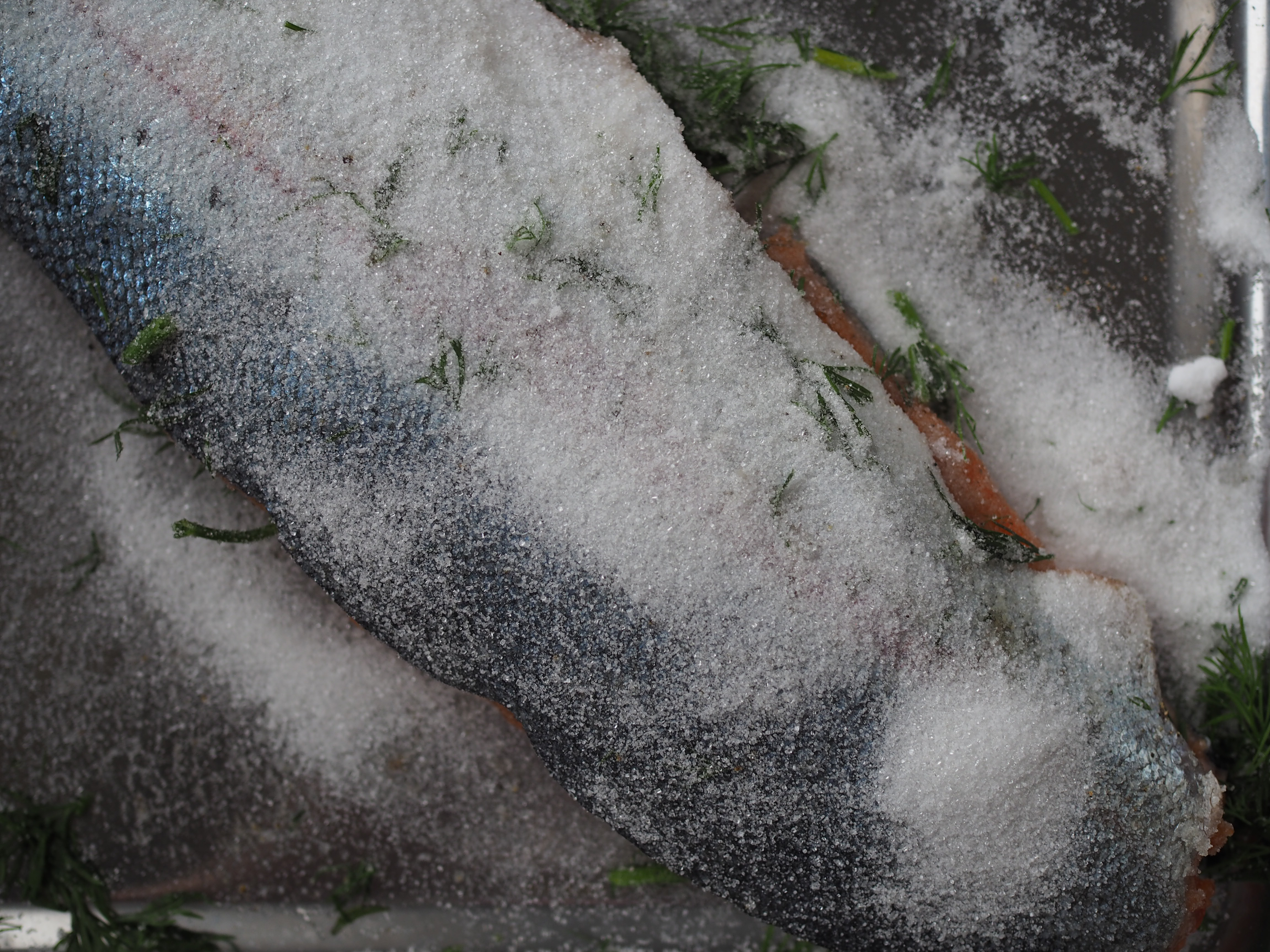 Gravlax has evolved, much to the relief of many, and today is cured in a salt and sugar mixture under refrigeration. After two to three days, the result is a flavorful and smooth delicacy which has made a name for itself around the world. It was even Julia Child who became credited for introducing gravlax to America and subsequently featuring them in her cookbooks.
Gravlax has evolved, much to the relief of many, and today is cured in a salt and sugar mixture under refrigeration. After two to three days, the result is a flavorful and smooth delicacy which has made a name for itself around the world. It was even Julia Child who became credited for introducing gravlax to America and subsequently featuring them in her cookbooks.
My Norwegian family always serves gravlax with dill-stewed potatoes and their favorite mustard sauce – which was given to them on request by a chef after vowing it was the best they had ever had. When my husband and I celebrated our 10th wedding anniversary last year by throwing a big party for friends and neighbors, they arrived with homemade gravlax in hand. When they came to visit a few weeks ago, I knew I had to learn their recipes and share just how easy it is to make this exquisite dish. Gravlax is perfect during the spring and summer months, although it is enjoyed year-around. It also makes a nice and welcome addition to any 17 Mai celebration (Norway’s Constitution Day).
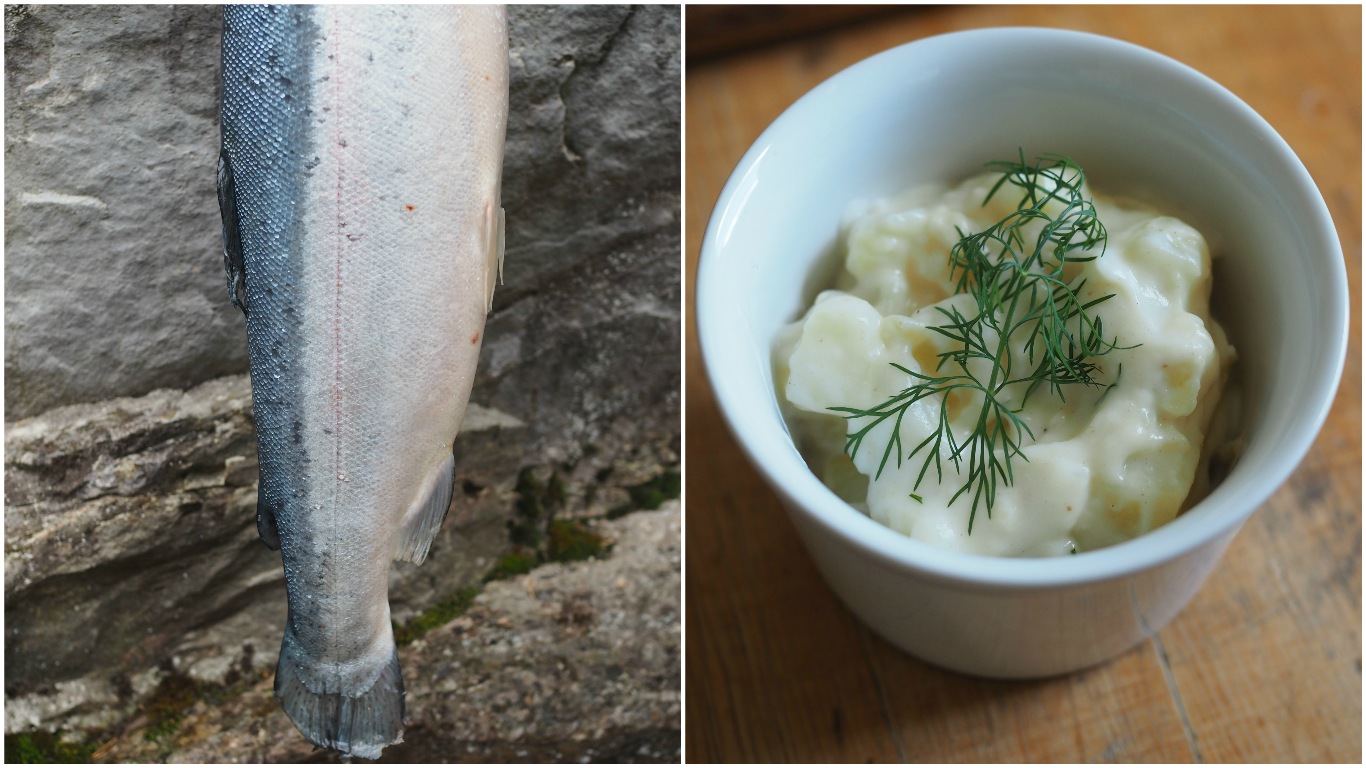
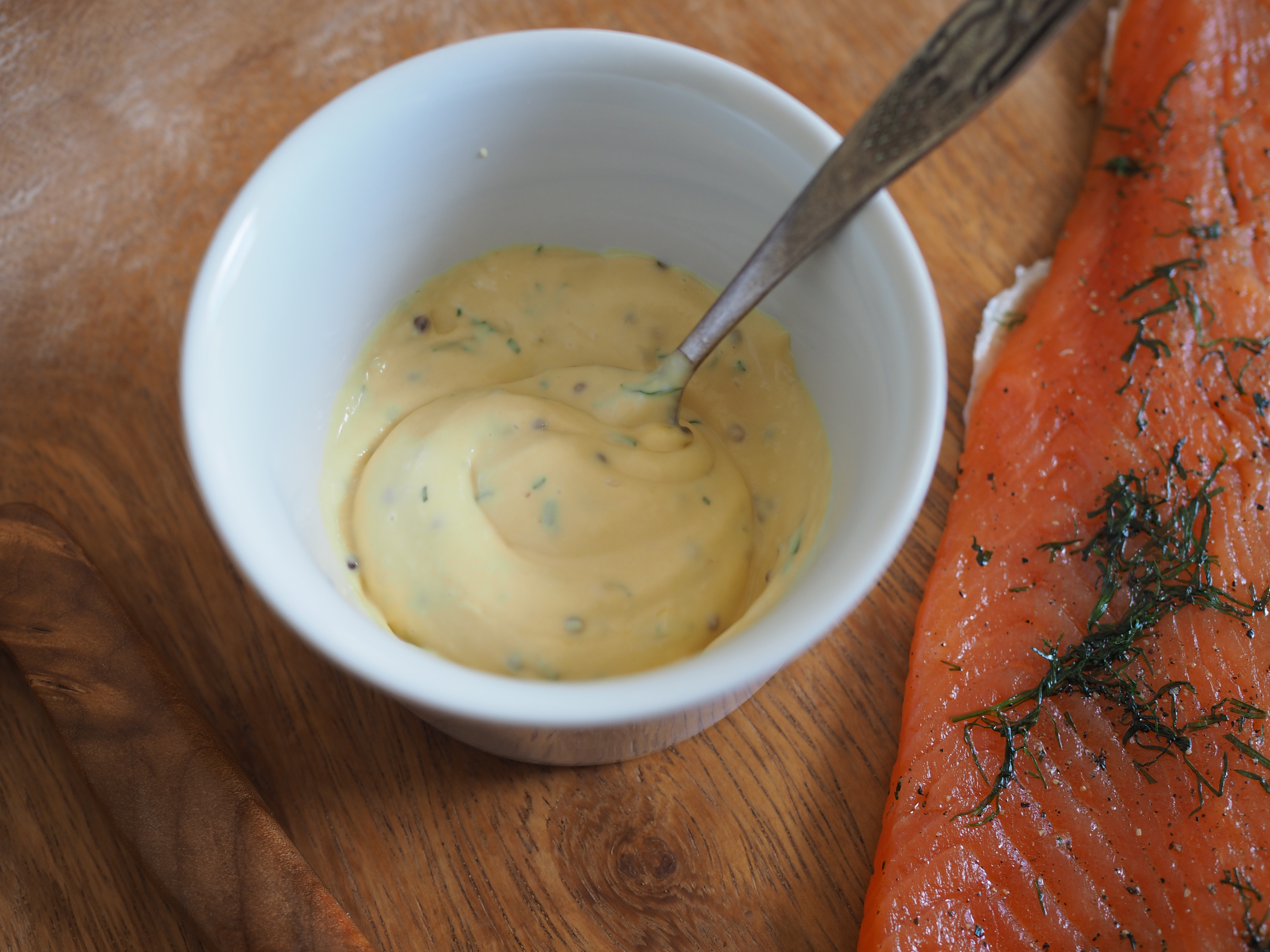
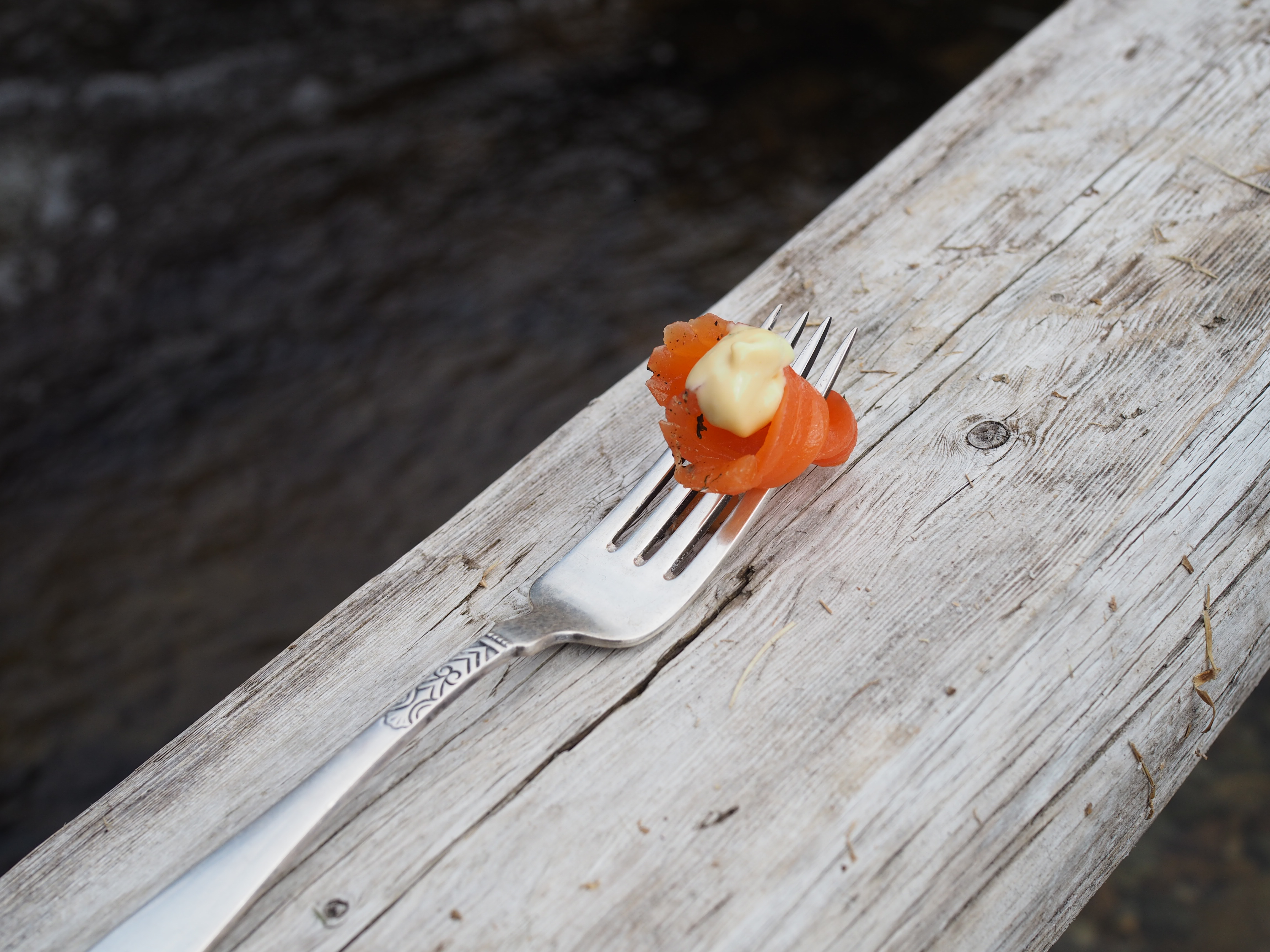
Gravlax
(Makes 2 large filets)
Ingredients:
- Around 3 kilograms / 6 3/4 lbs frozen or fresh whole salmon or trout
- 5 tablespoons (75 g) granulated sugar per 2 1/4 pounds (1 kg) of fish
- 5 tablespoons (75 g) fine salt per 2 1/4 pounds (1 kg) of fish
- 20 black peppercorns, crushed
- 2-3 bunches of fresh dill, chopped
I recommend using a frozen fish, as this eliminates any trace of bacteria or parasites, but if using fresh fish, make sure it is as fresh as possible. If using a frozen fish, allow it to defrost in the refrigerator for about 12 hours before using it. Having it almost completely unfrozen (but not quite entirely) will make it easier to filet the fish.
Take the fish and filet it, so you have two large filets with the skins on. Remove the bones. I recommend also checking for bones later when the curing process is finished. You can use the remaining fish pieces to make a lovely meal – scroll to the bottom for the recipe.
Mix together the salt, sugar and pepper (you will layer this, along with the dill, 4 times).
Put a layer of the salt mixture and some of the dill on the bottom of a roasting pan and place one of the filets, skin side down. Sprinkle the filet liberally with the salt mix and a lot of dill.
Apply the salt mixture and more dill to the other filet and place it, flesh side down, on top of the other filet. This way the skin is on the outside and the flesh is pressing against each other. Sprinkle the top of the filets with more of the salt mixture and dill. You will most likely have some of the salt and sugar mixture leftover. You can just discard this.
Cover the filets with a cutting board or wood plank and place a weight of any kind, about 1-2kg (2-4 ½ lbs), on top.
Over the next two days, turn the fish over twice a day (every 12 hours), pouring the juices in the pan over the sides and top of the fish each time. (Do not be tempted to take the filets apart)
After two days, take apart the filets and pat them dry. Cover in aluminum foil for one more day to enhance the flavor. You can also freeze it now for later use if you desire.
When ready to serve, slice the filet in thin strips and serve with the mustard sauce and dill-stewed potatoes. The gravlax can be stored in the refrigerator for up to 5 days.
Dill-Stewed Potatoes
(Serves 4-6)
Ingredients:
- 6 medium potatoes, peeled, boiled and cut into cubes
- 3 tablespoons butter
- 2 tablespoons flour
- 2 cups (480 ml) milk
- pinch of nutmeg (optional)
- salt & pepper
- 1 bunch dill, finely chopped
Cut the boiled potatoes into cubes.
Warm the milk in a saucepan, set aside.
In a heavy saucepan, melt the butter over medium to high heat. Add the flour, and stir for about 2-3 minutes, letting the flour cook without it turning a dark color or burning. Slowly add the warmed milk and whisk constantly. Lower the heat and bring to a slow simmer. Add nutmeg and salt and pepper to taste. Continue whisking until the sauce has thickened, about 5 minutes.
Add the potato cubes into the sauce, until just warmed. Add the chopped dill.
Place in a serving dish and serve immediately.
Mustard Sauce
Ingredients:
- 3/4 cup (180 ml) mayonnaise
- 2 tablespoons whole grain honey mustard (if you can get it, us Grov Sennep by Idun)
- 2 tablespoons heavy cream
- dash of orange juice
- 2 teaspoons finely cut dill
Place everything in a small bowl and mix well. Refrigerate until ready to use.
Using the leftover fish:
Using only the filets of the fish means you will have a lot leftover. In a large stockpot, place the leftover pieces of fish, bones and all and fill with 4 cups/ 1 liter water. Add 1 bay leaf, 2-3 tablespoons salt and some pepper. Bring to a boil, turn the heat down to low and simmer for 10 minutes. Take out the edible pieces of fish and serve with boiled potatoes, sour cream and flatbrød.
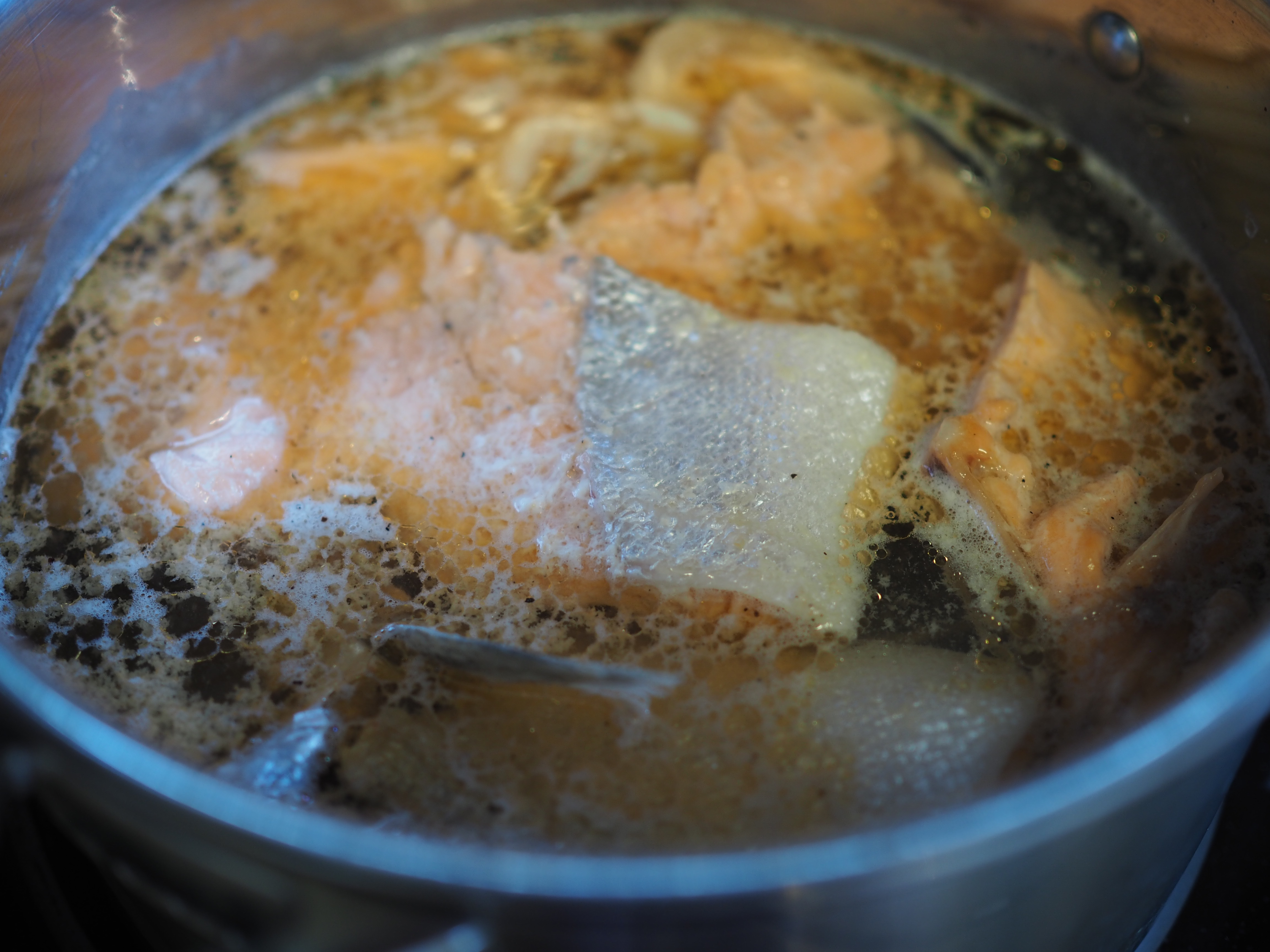
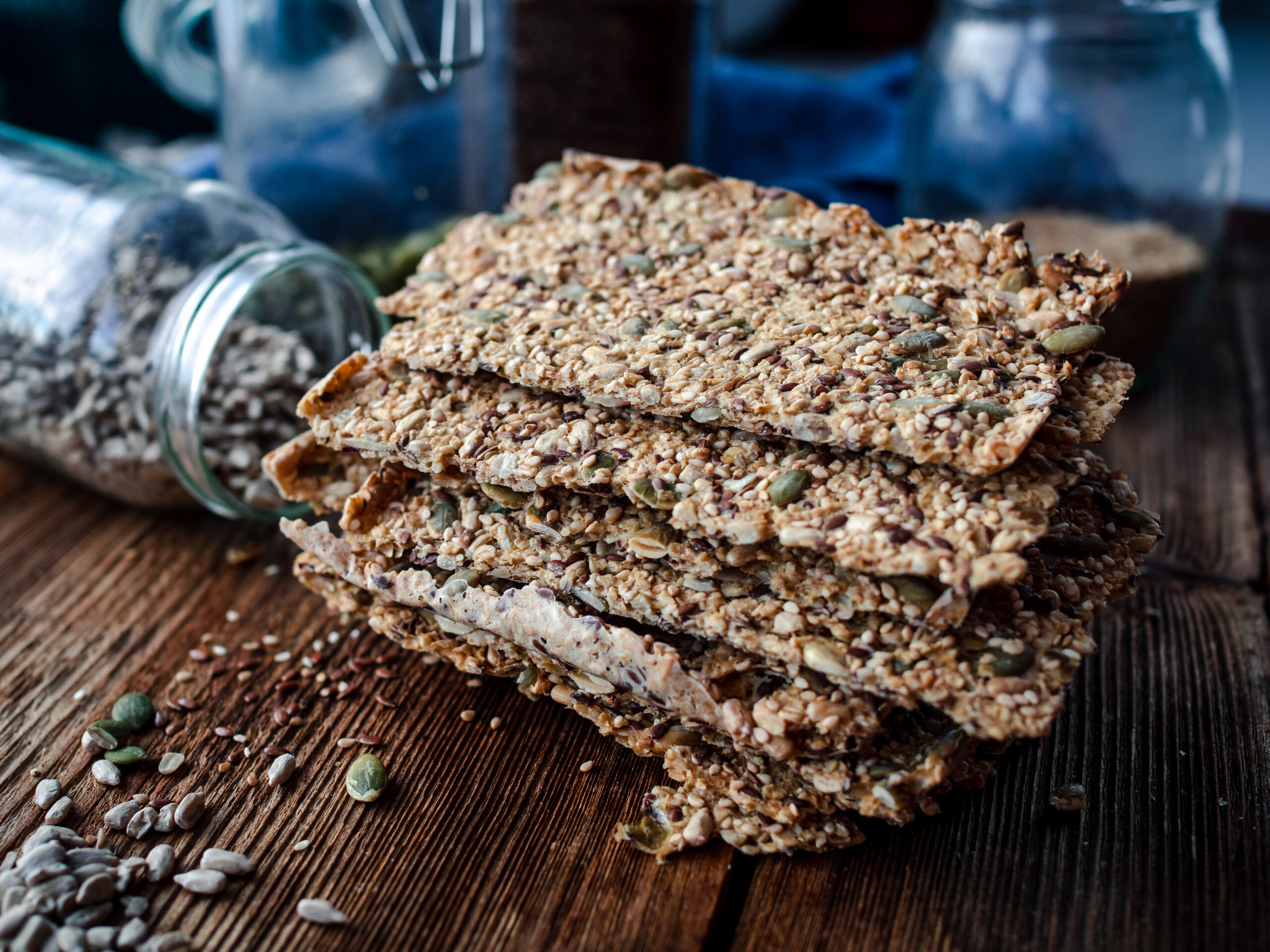
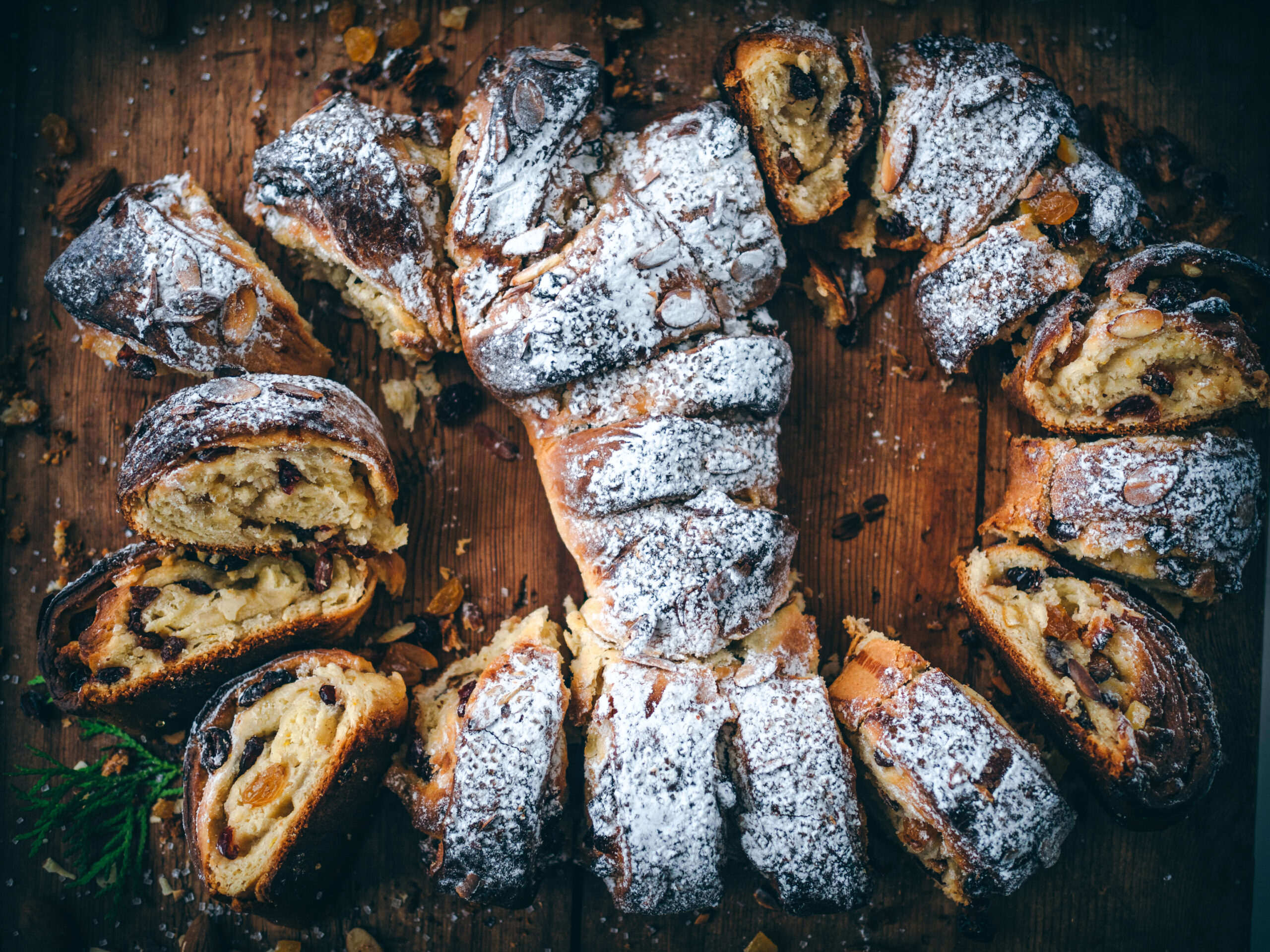
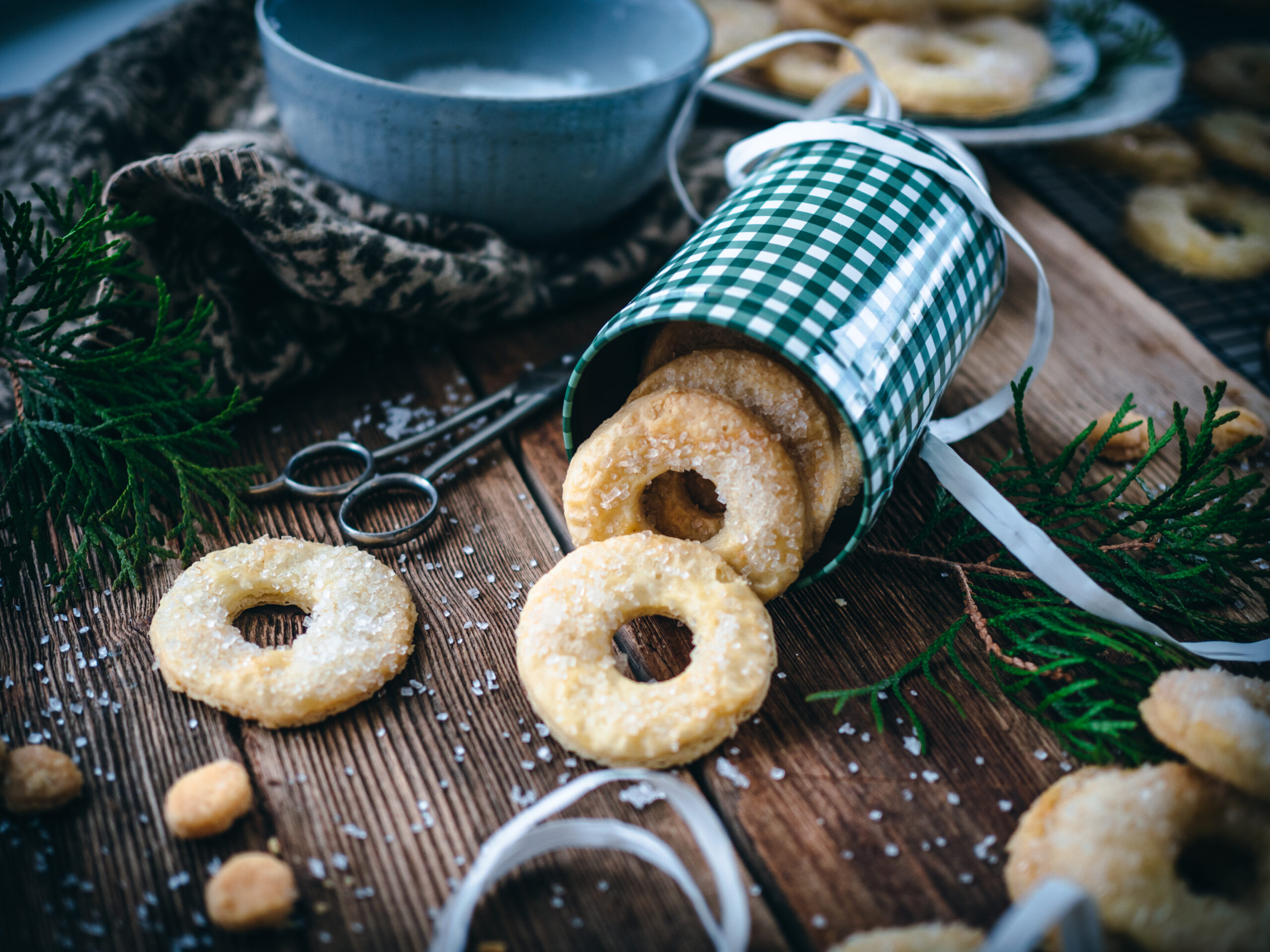
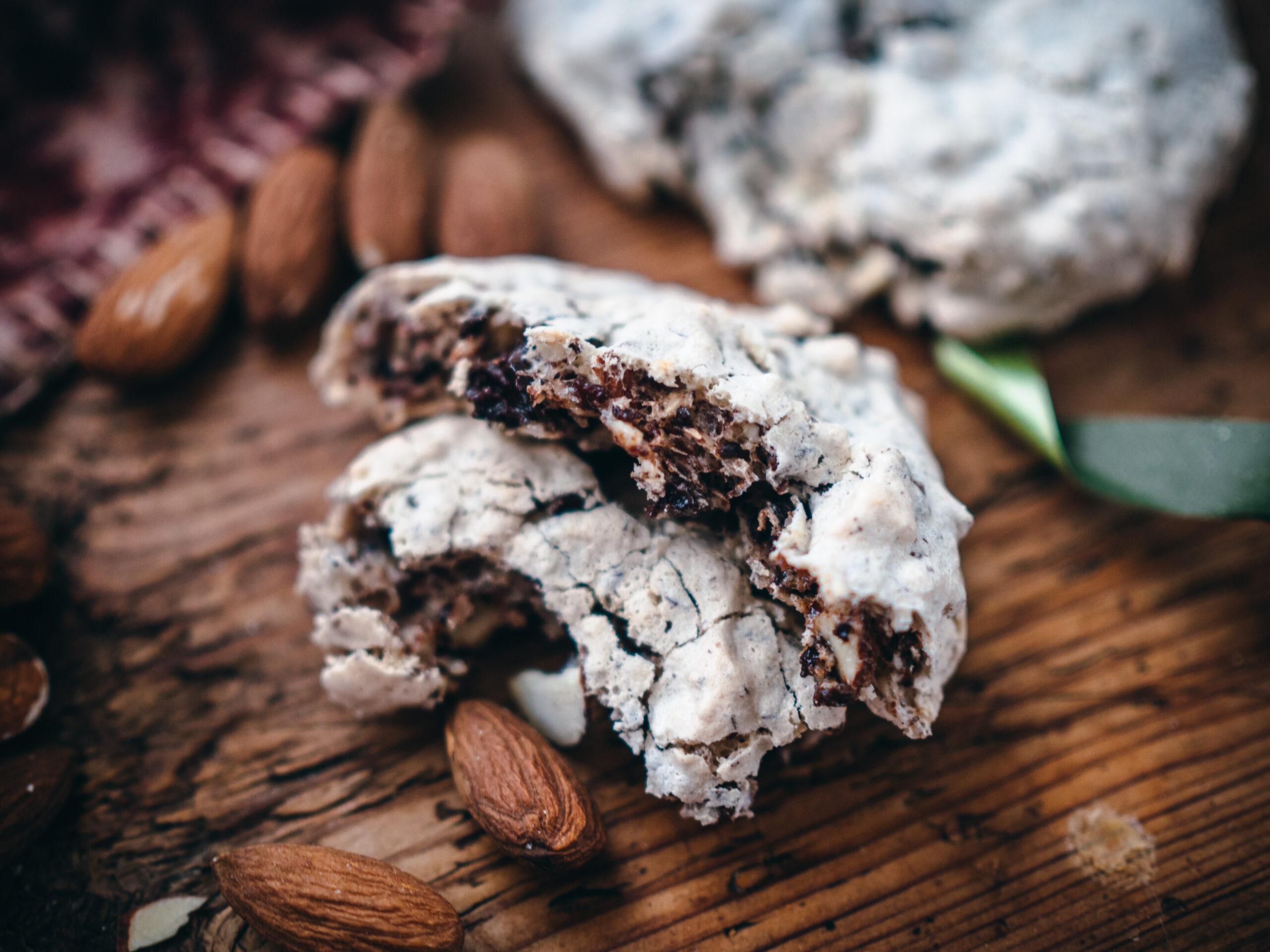
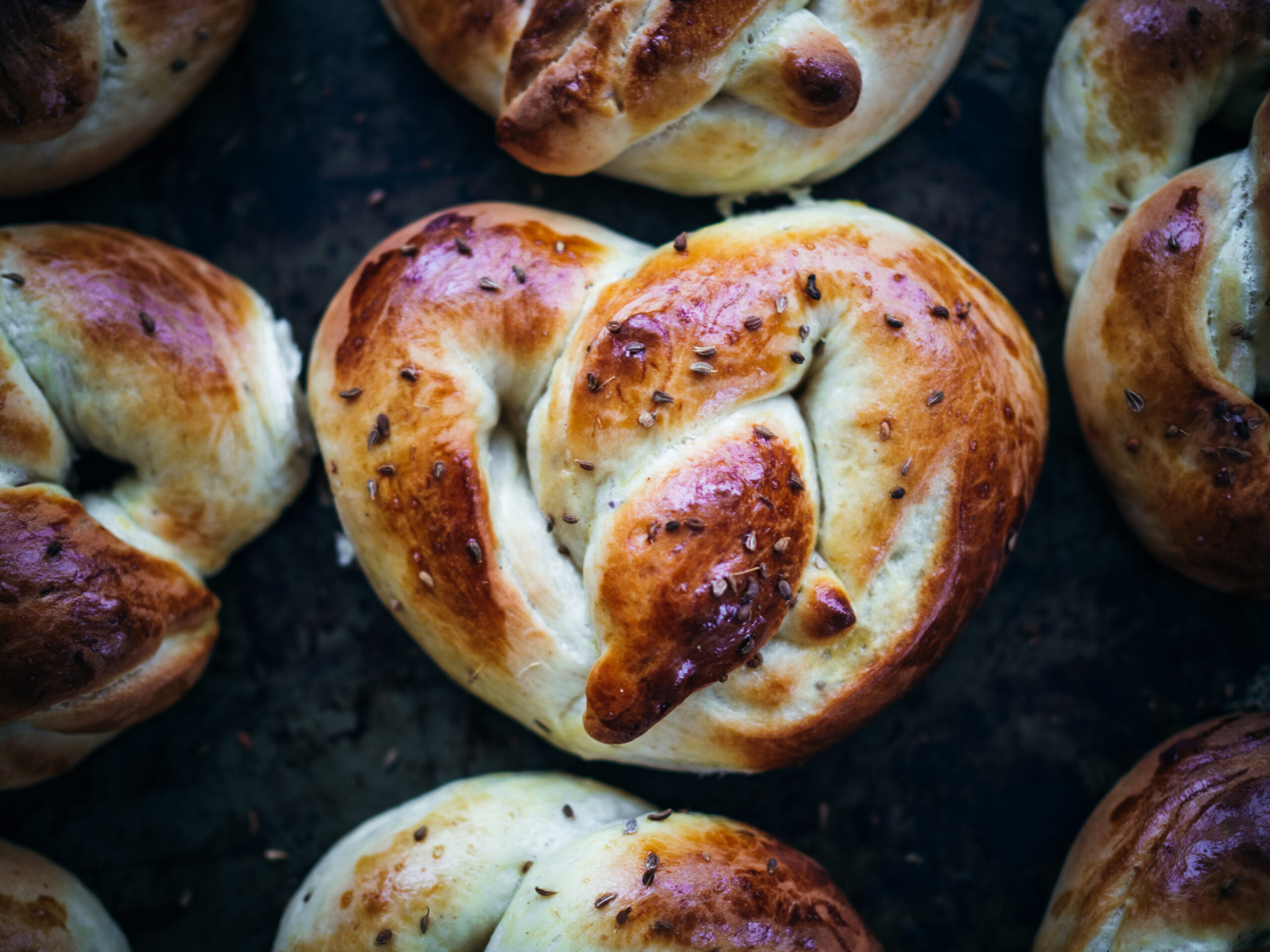
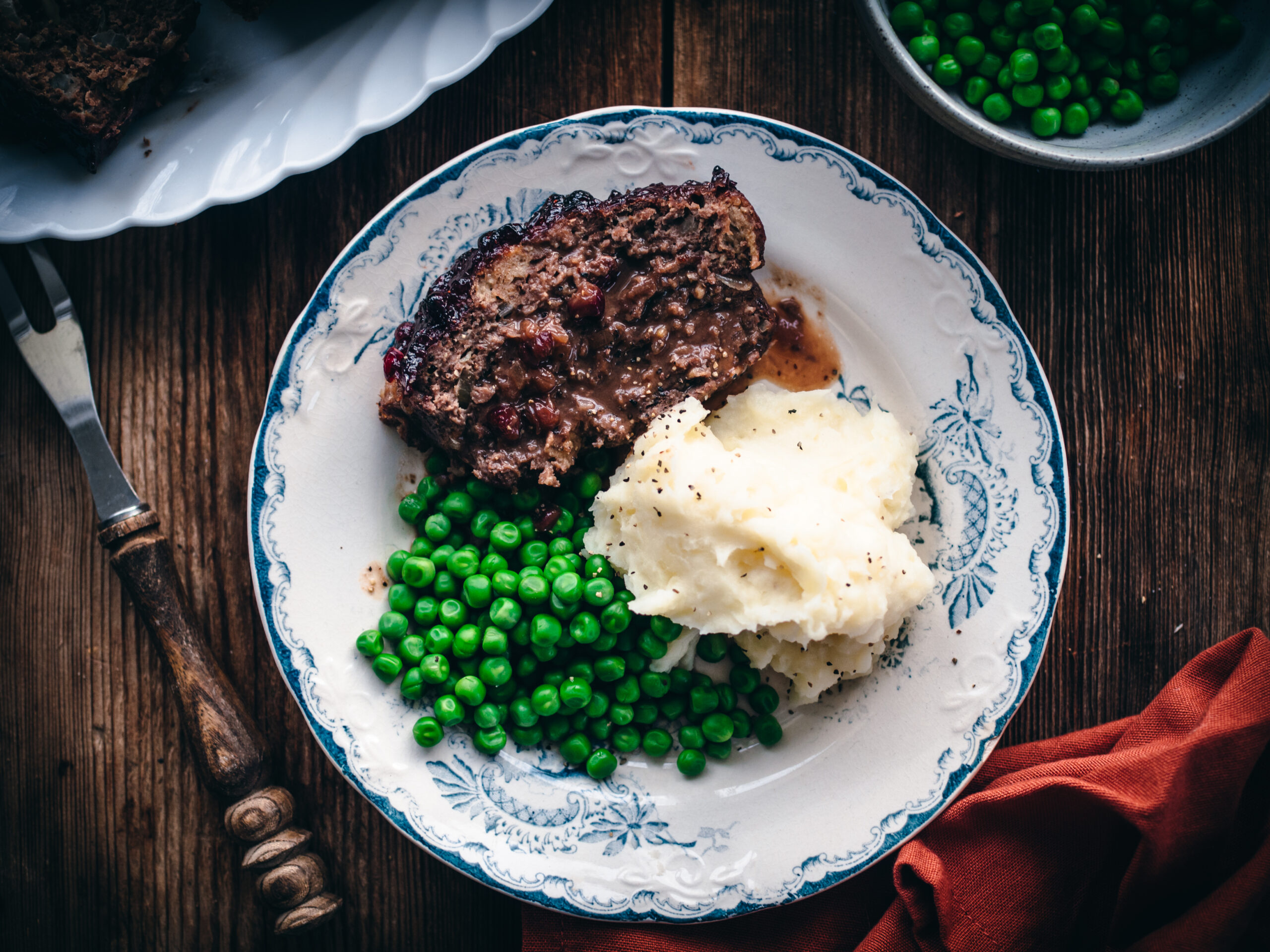
[…] of curing – graving – both fish and meat in order to conserve them. While cured salmon (gravlax / gravlaks) may be more well-known, the same technique can, and is, applied to meats. Curing the meat provides […]
Please put me on your mailing list. I come from Sweden would love to make for my family and friends some of these delicious foods. One of my dear Norwegian friends was an Olympian skier, from Norway his name is Trygve Berg, who has lived in Breckenridge Colorado for many years and is still an active skier even though he is in his 80ies. He was a Norwegian gymnasts before he became an Olympic skier.
delicious